
RSFR, AMS, DIN, HNF cable identification cards
The PUR cable identification card printing has excellent abrasion resistance and wear resistance. Even if it is corroded by cleaning agents or military fuel, the color code firmness still meets the requirements of military standards and maintains a permanent identification effect
PUR cable identification card features:
1. High temperature resistant fuel, lubricating oil, and other organic solvents, with an oil resistance rating of 70 ℃× 168h
2. No need to disconnect the electrical circuit, achieving non-stop installation, disassembly, and maintenance
3. Only use standard cable ties, no extra work required, easy to operate
4. Operating temperature: -25 ℃~+80 ℃
5. Extremely high flame retardancy, VW-1 grade
6. Environmental performance meets the EU RoHS standard
7. High temperature non melting, low temperature non brittle, scratch resistant, wear-resistant, permanent identification
8. The cable identification card can print characters and trademark patterns freely, and the computer can set the characters and trademark patterns
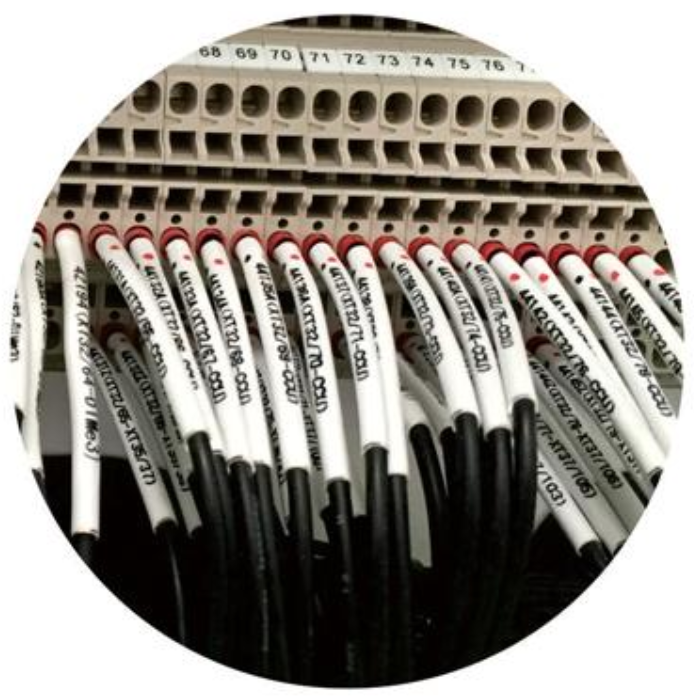
DIN - Halogen free low smoke heat shrink cable identification tube
Designed for special requirements of cable identification for high-speed rail, subway, and urban rail multiple units, made of cross-linked environmentally friendly polyolefin heat shrink material. Meets the requirements of ASTM D 2671 B method and meets the French NFF16-101 standard. There are two types available for users to choose from: adhesive and continuous, as well as two shrinkage ratios of 2:1 and 3:1. The physical, chemical, and electrical properties such as flame retardancy, smoke density, and smoke toxicity index comply with international locomotive standards. The product printing has excellent abrasion resistance and wear resistance. Even if it is corroded by cleaning agents or military fuel before and after heat shrinkage, the color code firmness still meets the requirements of military standards SAE-AS 81531 and MIL-STD-202G/215K, maintaining a permanent identification effect. Implement standard ASTM D 2671; SAE-AS 81531;MIL-STD-202 method 215K;DIN5510-2
Features:
Heat shrink ratio: 2:1, 3:1
Initial shrinkage temperature:+ 85° C
Complete shrinkage temperature:&ge+ 125° C
Usage temperature:‐ 55° C~+125°C
Standard colors: yellow, white (other colors can be customized), high softness, light weight, flame retardant
Environmental standards: RoHS, IEC61249-2-21, EU 2002/72/EC, SS00259
Product Parameters


HMS - High Temperature Oil Resistant Identification Tube
Designed to meet the requirements for high-temperature and oil resistant cable identification, it is made of cross-linked environmentally friendly polyolefin heat shrink material. Meets the requirements of Class 1 products in military standard AMS-DTL-23053/6. There are two types available for users to choose from: adhesive and continuous, as well as two shrinkage ratios of 2:1 and 3:1. It has excellent oil resistance, especially suitable for marking wires and cables that come into contact with high-temperature hydrocarbon oils (such as JP-8 military aviation kerosene) for a long time. It is widely used in military and construction industries such as aerospace, high-speed railways, submarines and ships. The product printing has excellent abrasion resistance and wear resistance. Even if it is corroded by cleaning agents or military fuel before and after heat shrinkage, the color code firmness still meets the requirements of military standards SAE-AS81531 and MIL-STD-202F/215J, maintaining a permanent identification effect
Features:
1. High temperature resistant fuel, lubricating oil, and other organic solvents, with an oil resistance rating of up to 70 ℃× Above 168 hours
2. High temperature resistance level, rated temperature 135 ℃
3. Extremely high flame retardancy, VW-1 grade
4. Environmental performance meets the EU RoHS standard
5. Extremely high reliability, permanent identification
6. Sensitive to heat and fast to contract
7. Arbitrary printing, computer setting of characters and trademark patterns
We offer comprehensive technical support, including free professional labeling solutions, advice on label materials and adhesive selection, as well as online/offline assistance from professional software and hardware engineers. Service email: andy@ownlikes.cn. In pre-sales, we leverage our extensive experience in specialty labeling projects to provide clients with the most suitable hardware solutions. Additionally, all our label barcode printers and scanners come with a three-year free warranty, demonstrating our confidence in our products.


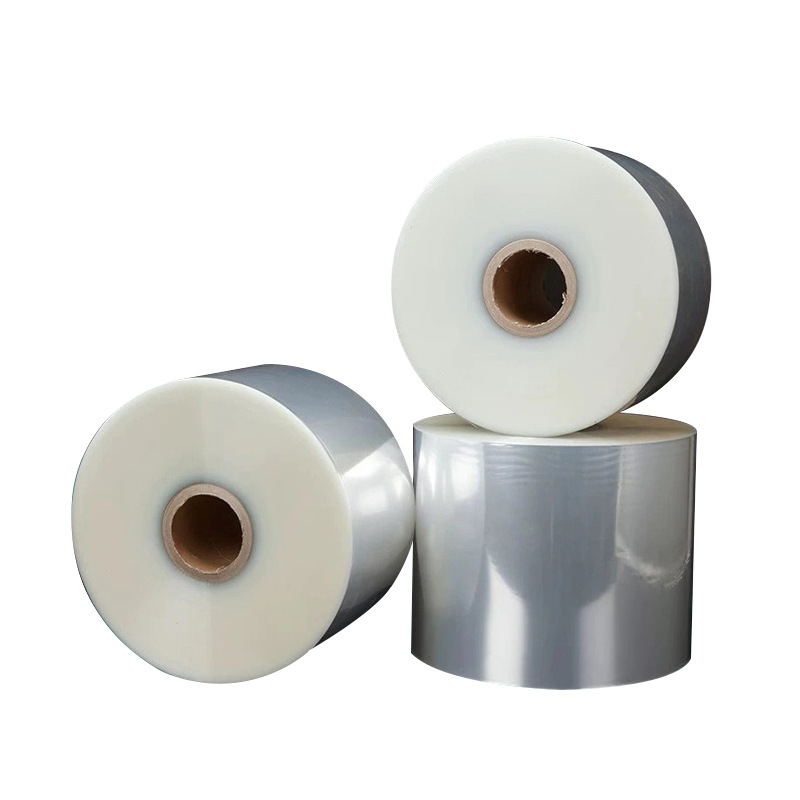
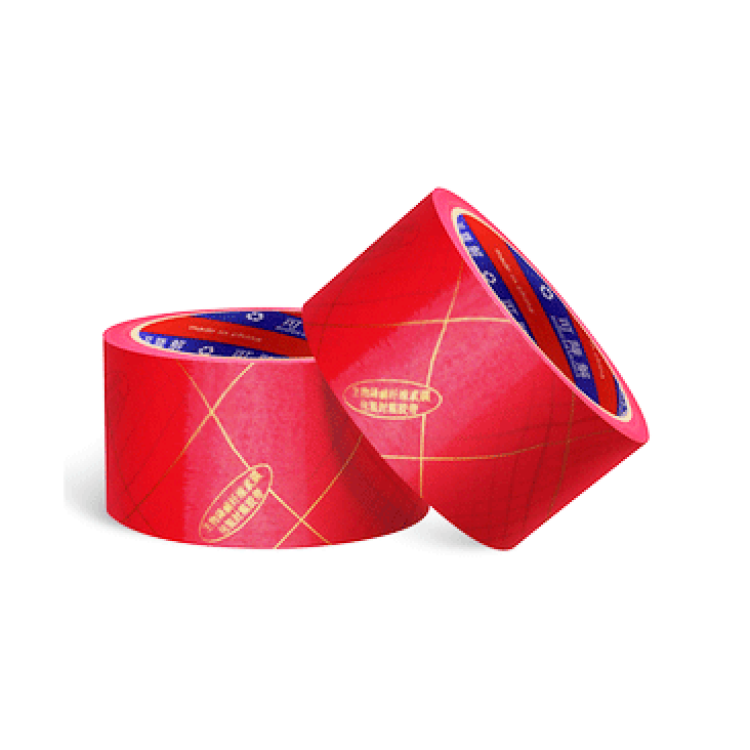
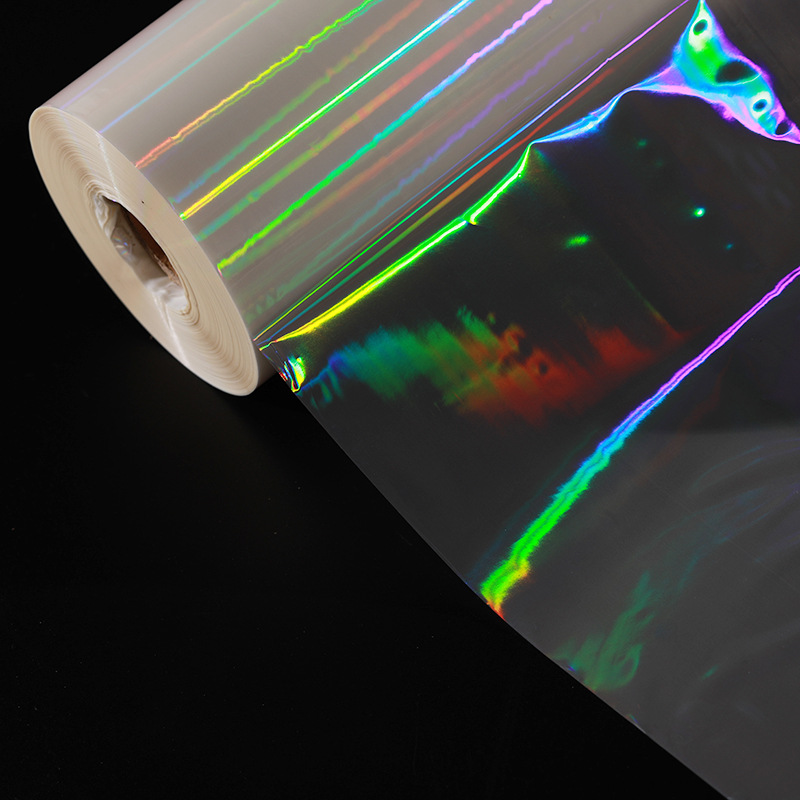
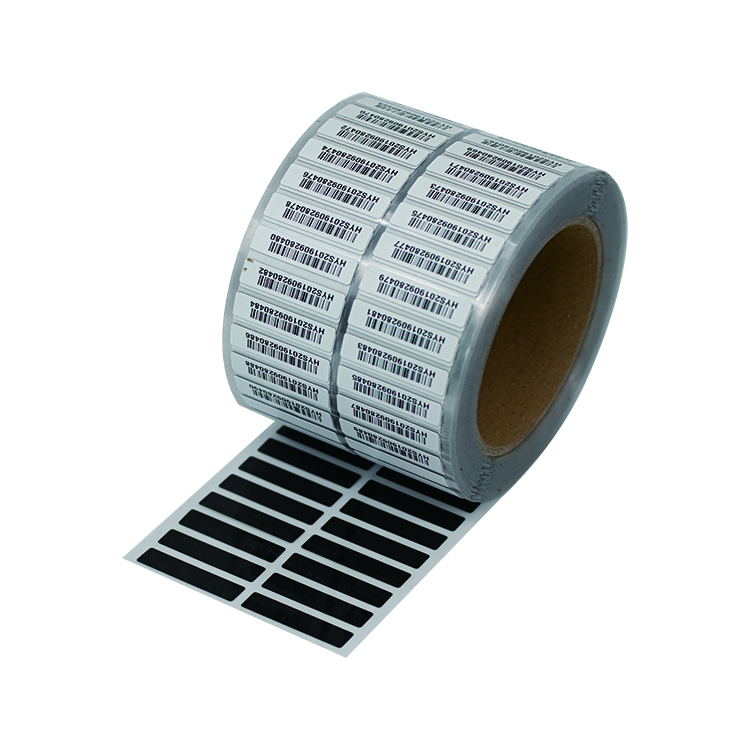
This site is protected by reCAPTCHA and the Google Privacy Policy and Terms of Service apply.